Il fotografo Carlo Orsi (1941-2021) con la sua Leica ha attraversato da testimone per cinque decenni il mondo: allievo di Ugo Mulas, si afferma come grande fotografo di moda e photoeditor di riviste internazionali, senza però mai perdere il profondo legame con la città natale, Milano, che racconta per immagini in tutti i suoi aspetti: dalla moda, al design e allo skyline, lasciando in eredità un archivio smisurato di scatti, rigorosamente in bianco e nero.
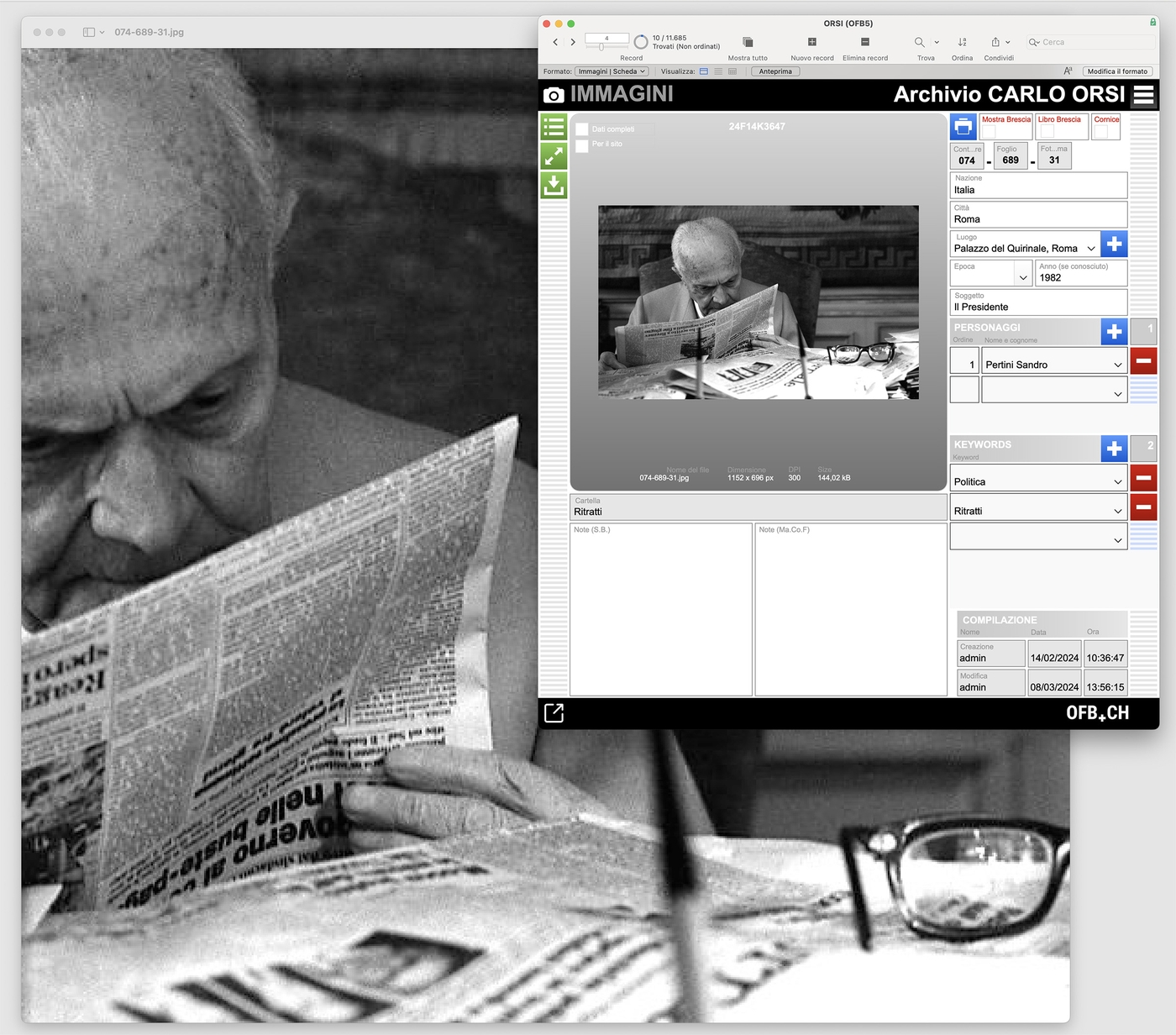
Il fotografo Carlo Orsi (1941-2021) con la sua Leica ha attraversato da testimone per cinque decenni il mondo: allievo di Ugo Mulas, si afferma come grande fotografo di moda e photoeditor di riviste internazionali, senza però mai perdere il profondo legame con la città natale, Milano, che racconta per immagini in tutti i suoi aspetti: dalla moda, al design e allo skyline, lasciando in eredità un archivio smisurato di scatti, rigorosamente in bianco e nero.
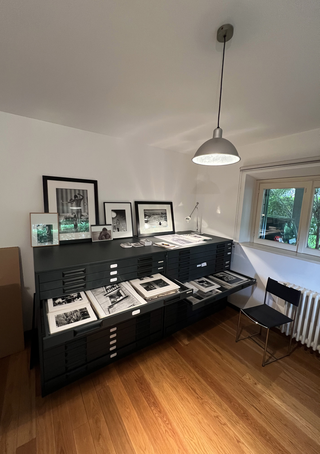
L'archivio di Carlo Orsi vanta una straordinaria collezione di negativi in bianco e nero e un'innumerevole quantità di stampe, tutte magistralmente realizzate dallo stesso fotografo in camera oscura. Questo prezioso materiale, interamente analogico, è conservato con estrema cura dalla dedita curatrice dell'archivio.

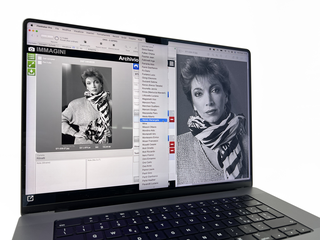
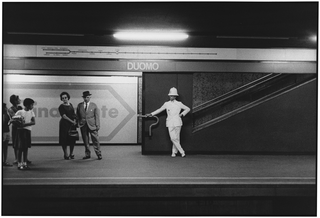
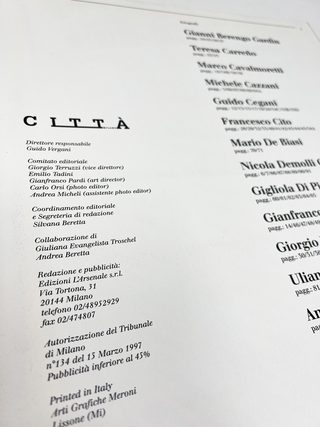
Contatti
info@officinebit.ch